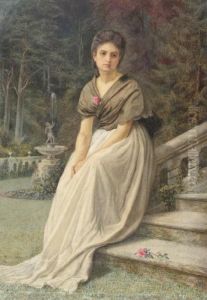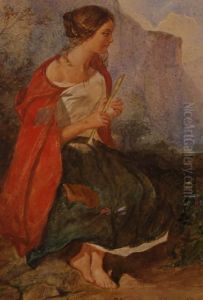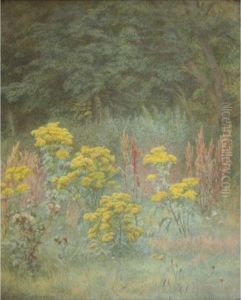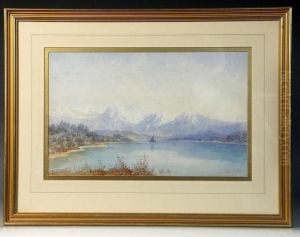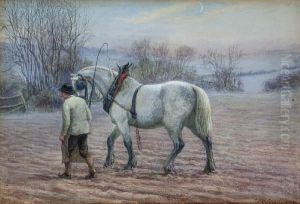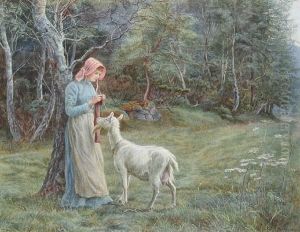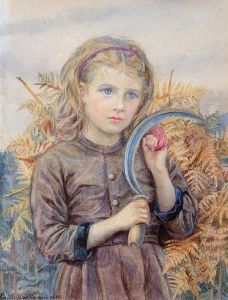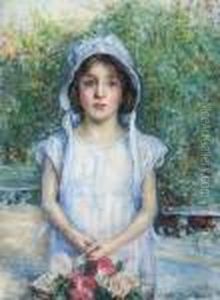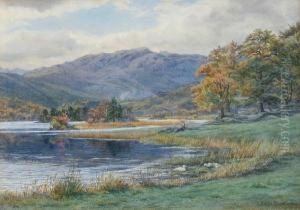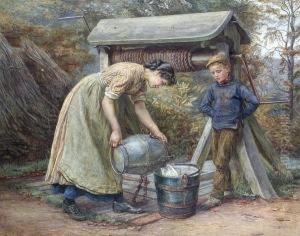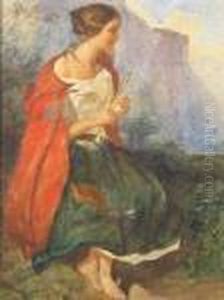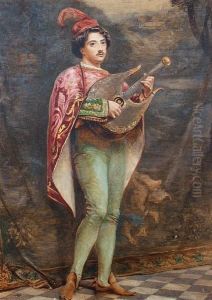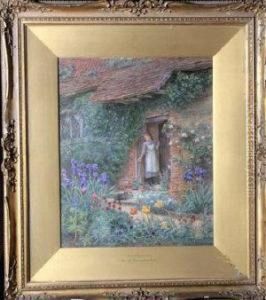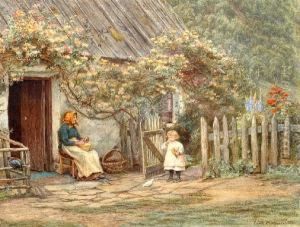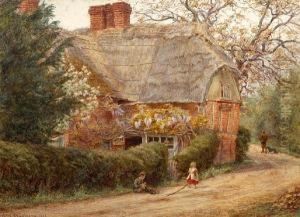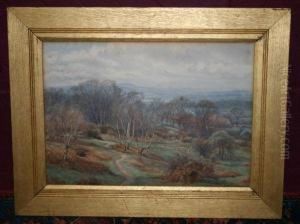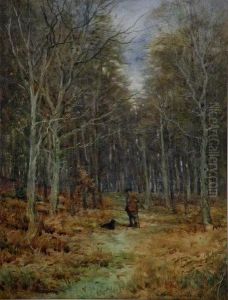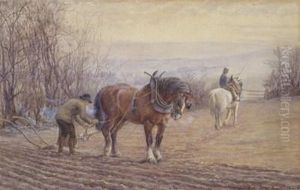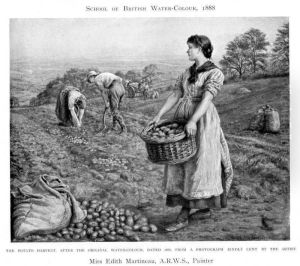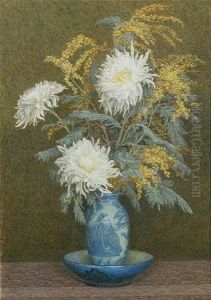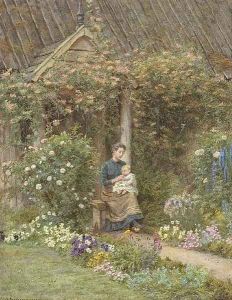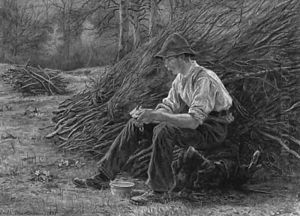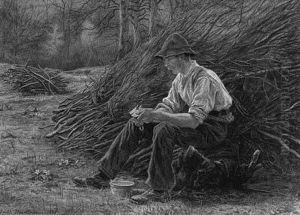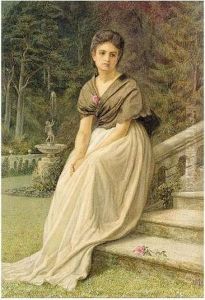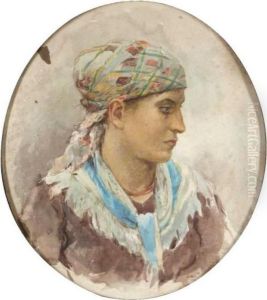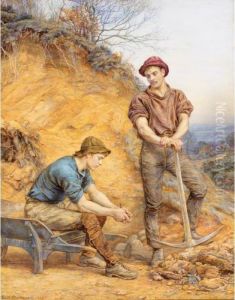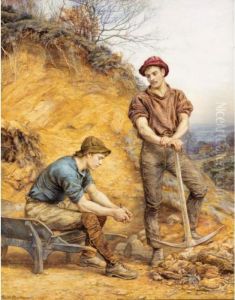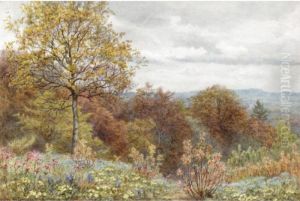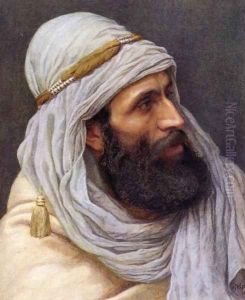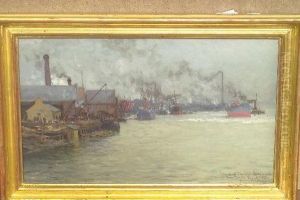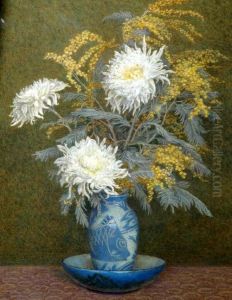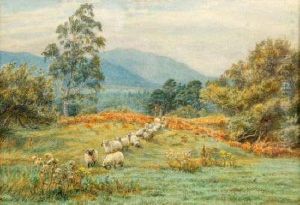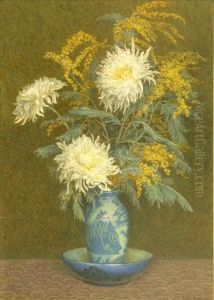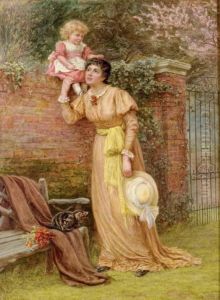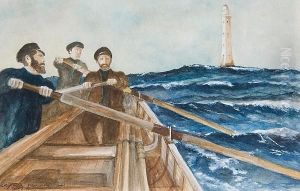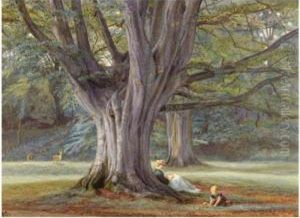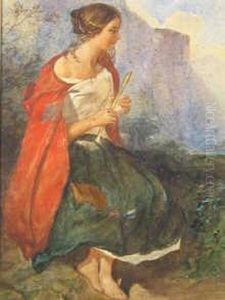Edith Martineau Paintings
Edith Martineau was an English painter and watercolorist born in 1842 into the Martineau family, which was notable for its intellectual achievements and social reform activism. Her father was Thomas Martineau, a manufacturer, and her mother was Elizabeth Martineau. She was the niece of Harriet Martineau, the well-known sociologist and writer.
Edith's artistic talents became evident at a young age, and she pursued her passion for art throughout her life. She trained at the Birmingham School of Design and later at the Female School of Art in London, which was a significant institution that provided art education to women at a time when opportunities were limited.
Martineau's work primarily consisted of watercolors and she exhibited at various prestigious institutions including the Royal Academy, the Society of British Artists, and the Royal Watercolour Society. Her subject matter often included landscapes, domestic scenes, and portraits, characterized by a delicate touch and attention to detail that was typical of the Victorian watercolor tradition.
As a woman in the Victorian era, Edith Martineau faced societal constraints that affected her professional opportunities and recognition. Despite these challenges, she managed to build a career as an artist and gain respect among her peers. She was a member of the Society of Female Artists, an organization that sought to support women in the arts and give them a platform to showcase their work.
Martineau never married and lived a relatively private life, focusing on her art and family. She was part of the broader Martineau family circle that included several prominent figures in the arts, literature, and social reform. Edith Martineau continued to paint throughout her life and left behind a portfolio of work that reflects her skills and the artistic style of her time.
Edith Martineau passed away in 1909, leaving a legacy as one of the many women artists who contributed to the richness of the Victorian art world, though often overlooked in historical accounts. Her works can be found in various art collections and continue to be studied by those interested in the history of women in art.
